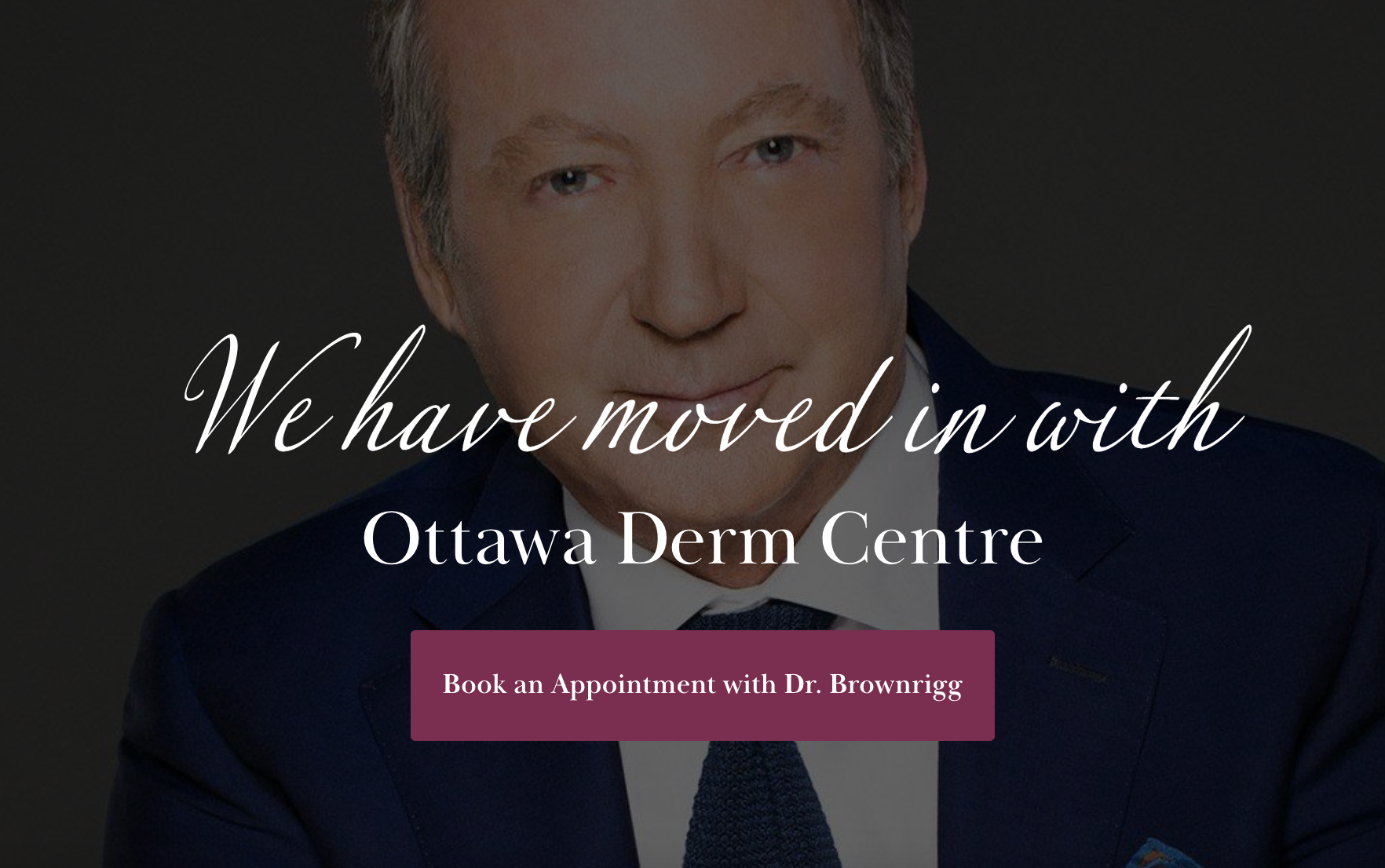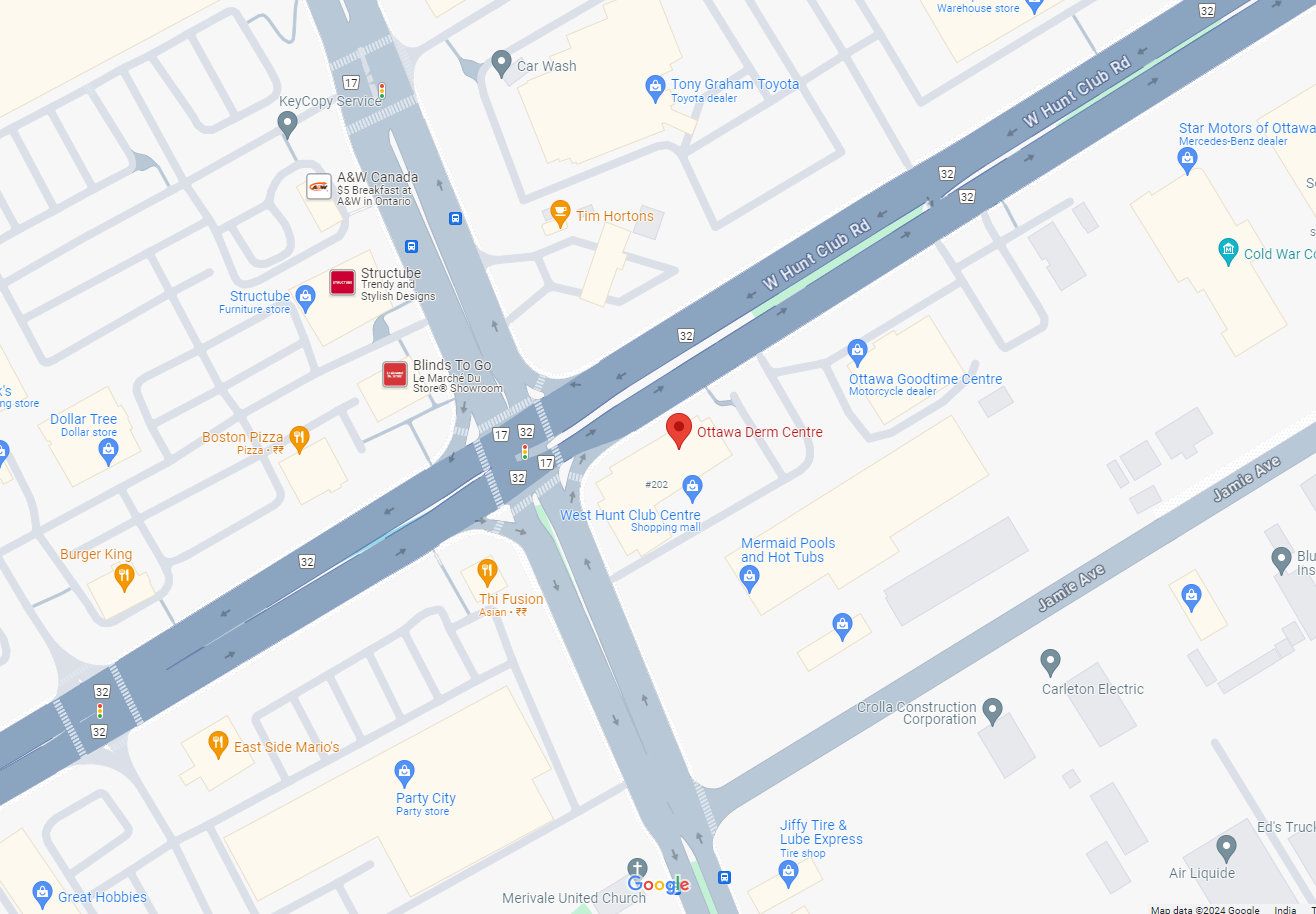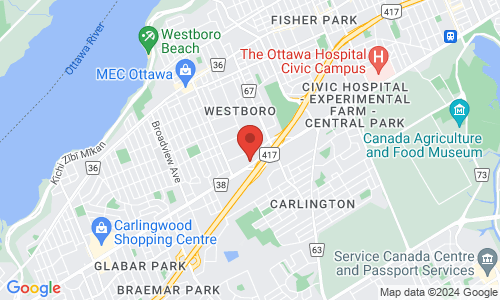Possible Side Effects of Rhinoplasty
 The
nose is one of the most
defining features on the face. When the nose is too big, too small, or has a bump, it could attract negative
attention. That’s why rhinoplasty is one of the most popular cosmetic surgeries for men and women. Though it’s
an extremely popular procedure, it’s also one of the more complicated plastic surgery procedures. The nose has a
very intricate anatomy. Because everyone’s facial structure is different, procedures must be customized for each
patient. Due to the complexity of the rhinoplasty procedure, it should be performed by a skilled plastic surgeon
such as Dr. Peter Brownrigg.
The
nose is one of the most
defining features on the face. When the nose is too big, too small, or has a bump, it could attract negative
attention. That’s why rhinoplasty is one of the most popular cosmetic surgeries for men and women. Though it’s
an extremely popular procedure, it’s also one of the more complicated plastic surgery procedures. The nose has a
very intricate anatomy. Because everyone’s facial structure is different, procedures must be customized for each
patient. Due to the complexity of the rhinoplasty procedure, it should be performed by a skilled plastic surgeon
such as Dr. Peter Brownrigg.
Though rhinoplasty can improve the appearance of the nose, there are post-operative side effects that occur in the weeks following surgery. Here is an overview of a few common side effects associated with rhinoplasty:
- Bruising and swelling - As a result of the operation, the nose and area around the eyes may bruise and swell. This should mostly subside within two to three weeks, though some swelling may last for a few months. It all depends on how the tissue adjusts to the new structure of the nose.
- Numbness - The nose might feel numb or stiff following the operation because the tissue and bones have been altered.
- Soreness - Pain or soreness is a result of the bone restructuring. The surgeon might prescribe a painkiller to help relieve the soreness.
- Scarring - Though scarring is the least common side effect, it can still occur. However, most incisions are small so the scarring won’t be too noticeable.
- Sinusitis - Due to swelling in the nasal cavities, patients may have temporary loss of smell and an increase in mucus. However, sinusitis can be treated with antibiotics.
- Hemotoma - Blood may collect under the skin, but this generally goes away.
Regardless of how careful and thorough a plastic surgeon is, there could always be complications. Some of the complications of rhinoplasty include:
- Bursting of blood vessels in the nose - In most cases, bursting blood vessels subside in the weeks after surgery.
- Abnormal shape - Abnormal shape is typically a result of the formation of scar tissue, poor healing, and failure to wear splints or medical tape. This can also be caused when patients use the services of an inexperienced cosmetic surgeon.
- Infection - Most patients only have a 2 percent chance of infection; antibiotics can be used to reduce the risk of or treat infection.
It’s best to weigh the all the possible side effects and complications by talking with a doctor before committing to a surgery.
Dr. Peter Brownrigg has been providing Ottawa, Ontario patients with plastic surgery options for nearly 20 years. His expertise in facial cosmetic surgery has helped many people get the results they dreamed of with minimal scarring and complications. If you’re a candidate for rhinoplasty and want to learn more about the procedure contact our office today and see how we can help you!
Related to This

Dr. Peter Brownrigg
Dr. Brownrigg has focused on facial plastic surgery since 1984. He is affiliated with a range of prestigious organizations, including:
- American Academy of Facial Plastic Surgery
- Canadian Academy of Facial Plastic Surgery
- Royal College of Physicians and Surgeons of Canada
- Board Certified by the American Board of Facial Plastic Surgery
- Has acted as the Canadian Region Vice President of the American Academy of Facial Plastic Surgery
- Has acted as the treasurer and president of the Canadian Society of Otolaryngology/Head & Neck Surgery
- American Academy of Otolaryngology-Head and Neck Surgery
- Canadian Society of Otolaryngology-Head and Neck Surgery
- Ontario Medical Association
For more information about the services we offer, contact our office online or call (613) 724-1214 today.
Contact Us Today
Dr. Brownrigg has been focusing exclusively on facial plastic surgery since 1984!


